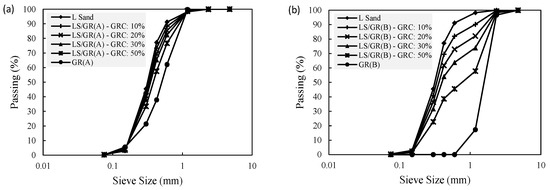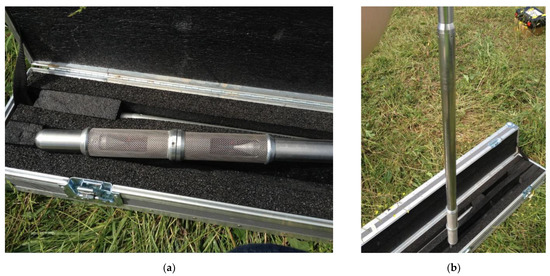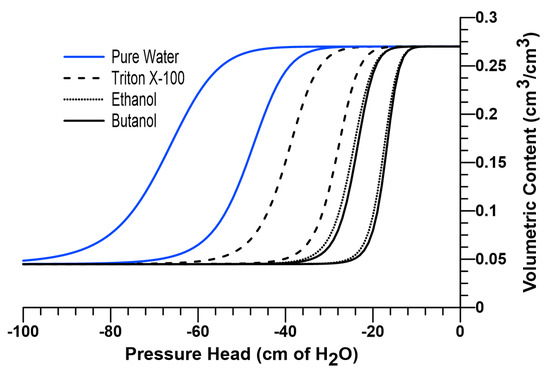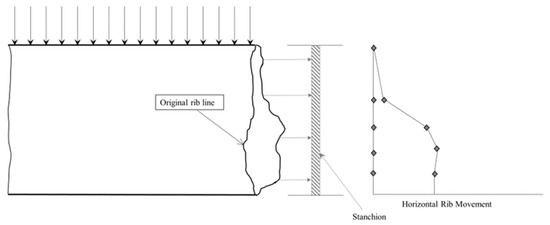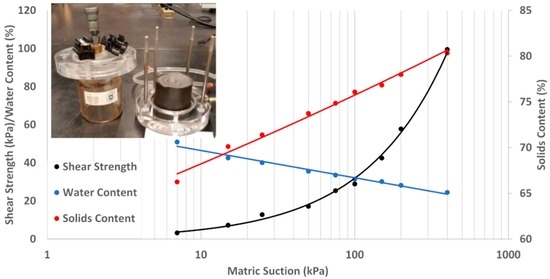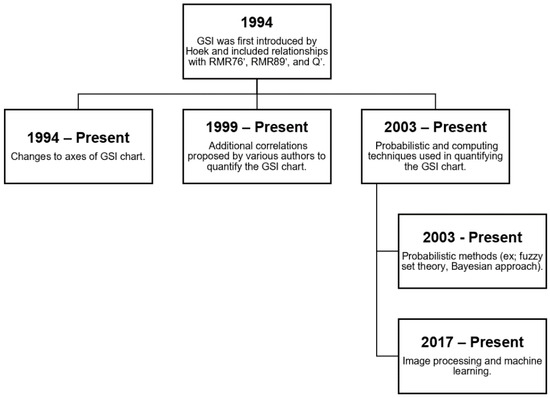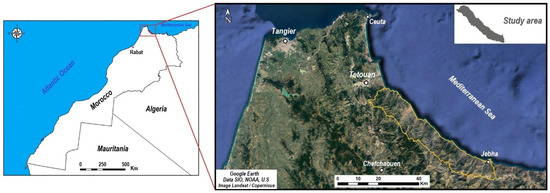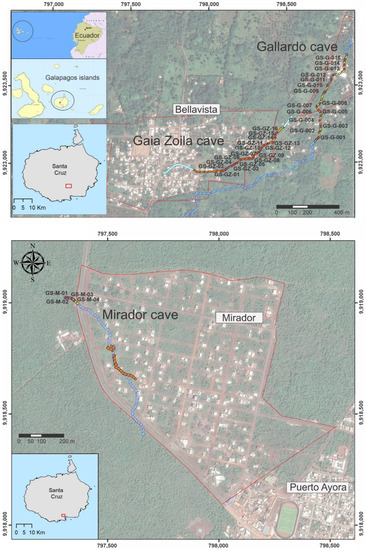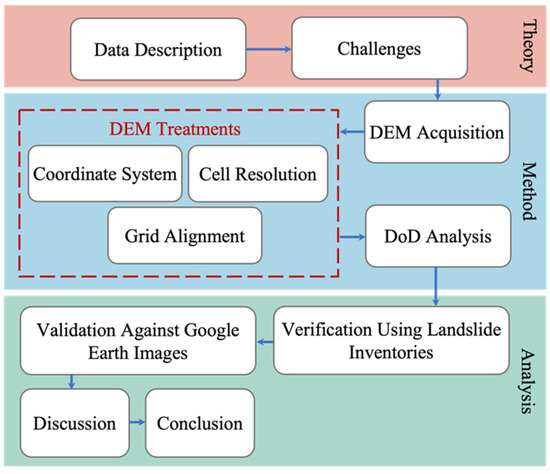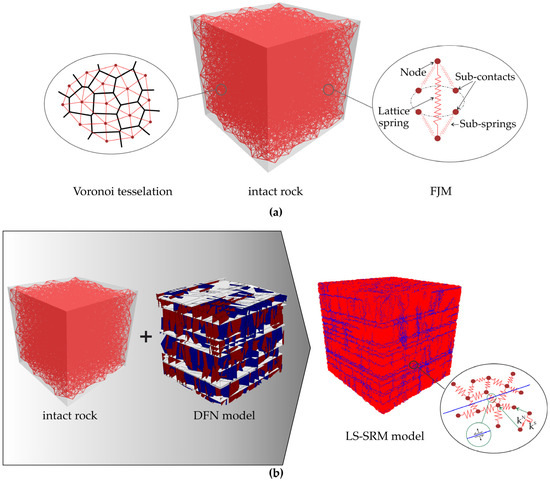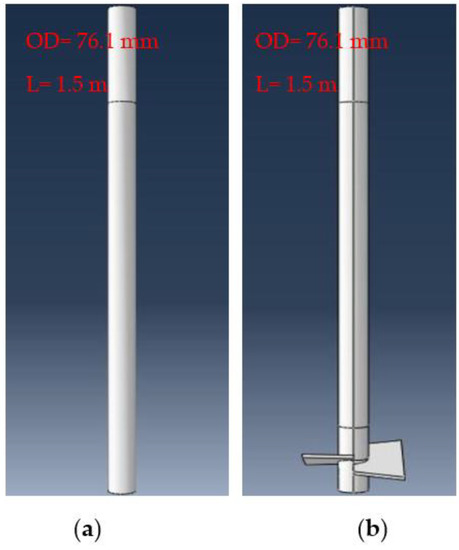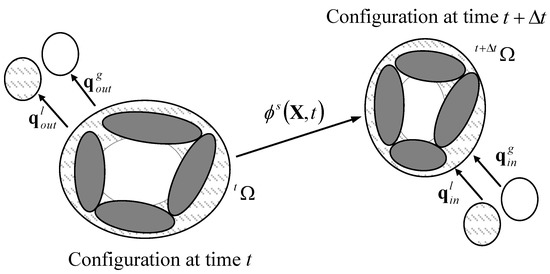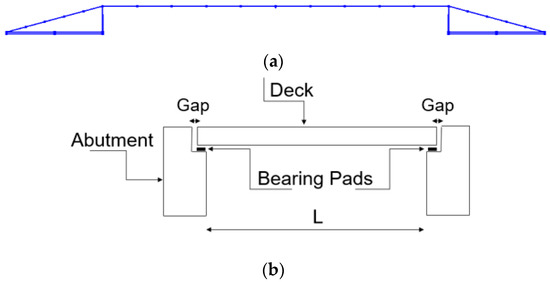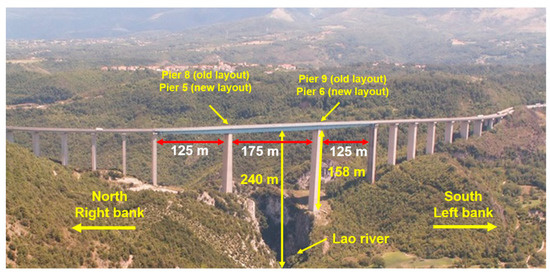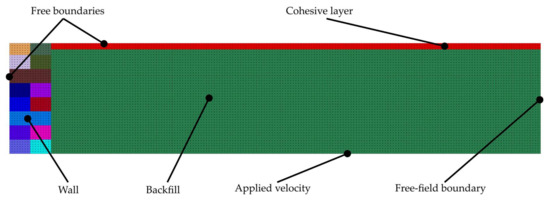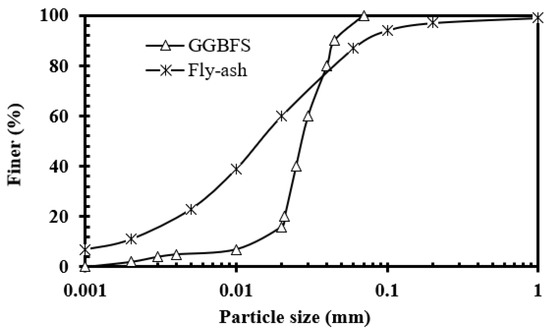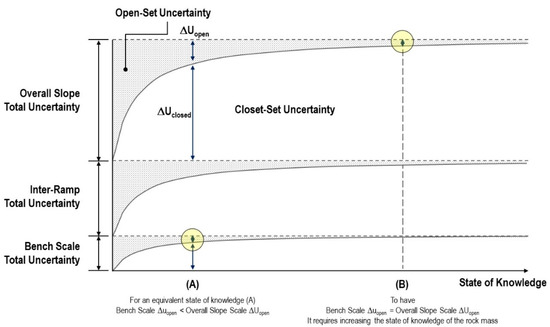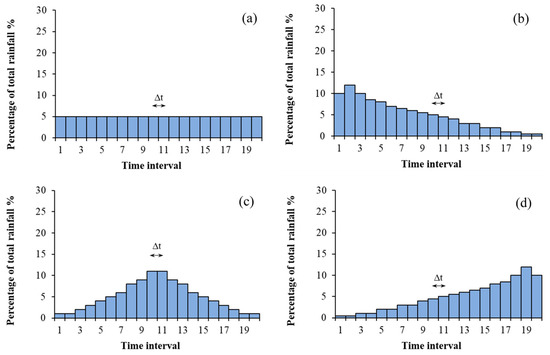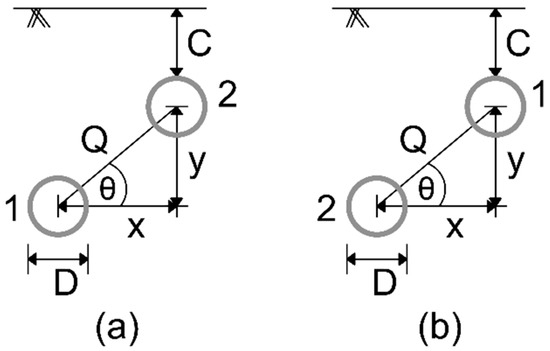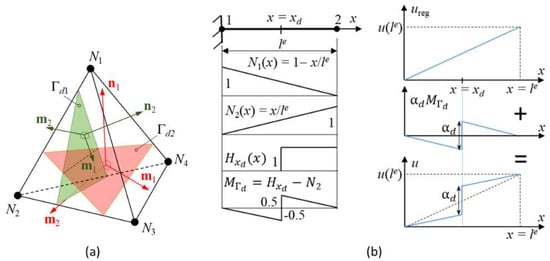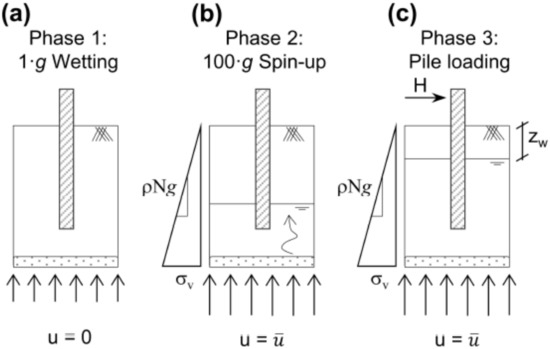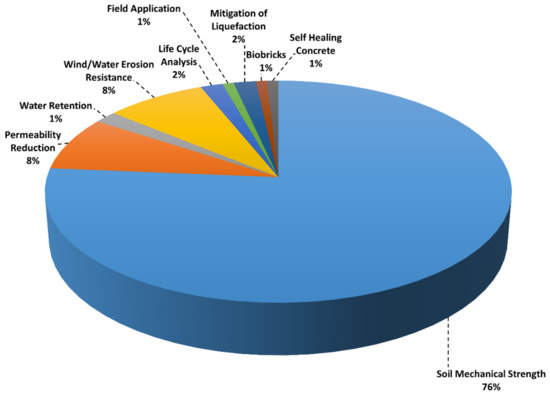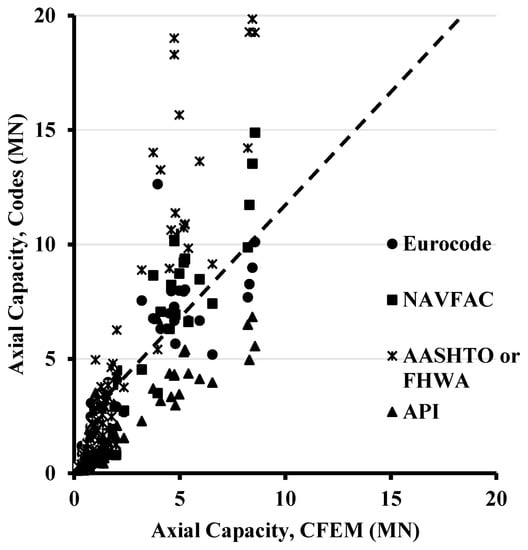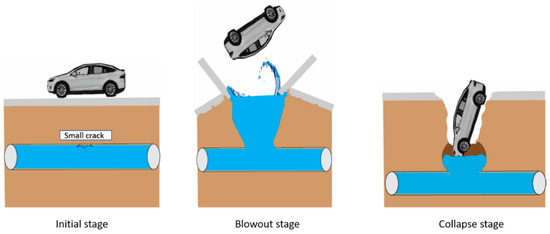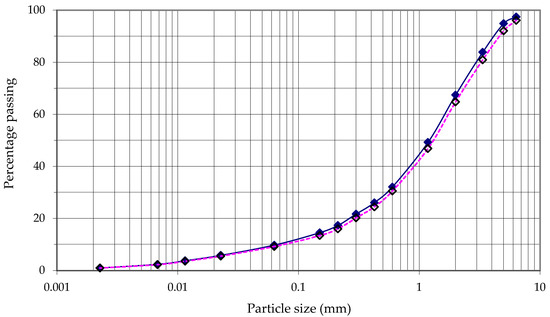New Advances in Geotechnical Engineering
A topical collection in Geosciences (ISSN 2076-3263). This collection belongs to the section "Geomechanics".
Viewed by 69444Editor
Topical Collection Information
Dear Colleagues,
This Topic Collection entitled “Advances in Geotechnical Engineering” is devoted to the publication of the latest research, field works, and laboratory investigations in the area of geotechnical engineering. Authors are encouraged to submit original research articles, case studies, reviews, position papers, and theoretical and numerical papers including, but not limited to the following topics: problematic (collapsing, dispersive, expansive, soft) soils; slopes and landslides; laboratory testing and field application methods; mining engineering; ground improvement and geosynthetics; rock mechanics and rock blasting excavation; tunneling and underground space technologies; piles and foundations; unsaturated soils; geoenvironmental engineering, applied geology for construction; novel geotechnical construction methods; numerical modelling; machine learning and artificial intelligence for geotechnical problems; and geotechnical earthquake engineering (soil liquefaction, engineering seismology, seismic hazard analysis).
Prof. Dr. Mohamed Shahin
Collection Editor
Manuscript Submission Information
Manuscripts should be submitted online at www.mdpi.com by registering and logging in to this website. Once you are registered, click here to go to the submission form. Manuscripts can be submitted until the deadline. All submissions that pass pre-check are peer-reviewed. Accepted papers will be published continuously in the journal (as soon as accepted) and will be listed together on the collection website. Research articles, review articles as well as short communications are invited. For planned papers, a title and short abstract (about 100 words) can be sent to the Editorial Office for announcement on this website.
Submitted manuscripts should not have been published previously, nor be under consideration for publication elsewhere (except conference proceedings papers). All manuscripts are thoroughly refereed through a single-blind peer-review process. A guide for authors and other relevant information for submission of manuscripts is available on the Instructions for Authors page. Geosciences is an international peer-reviewed open access monthly journal published by MDPI.
Please visit the Instructions for Authors page before submitting a manuscript. The Article Processing Charge (APC) for publication in this open access journal is 1800 CHF (Swiss Francs). Submitted papers should be well formatted and use good English. Authors may use MDPI's English editing service prior to publication or during author revisions.





